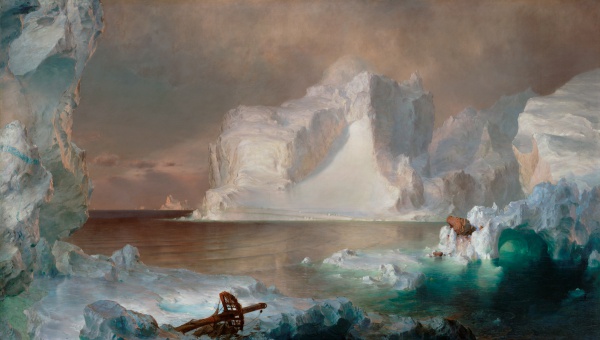Facts About The Icebergs
"The Icebergs" is an 1861 oil painting by American artist Frederic Edwin Church, inspired by his adventurous journey to the North Atlantic. This stunning work captures the majestic icebergs bathed in Arctic light and is celebrated as one of Church's "Great Pictures."
When it first went on display in New York City, the painting received rave reviews. However, as the American Civil War loomed, public interest waned. Despite this, "The Icebergs" remained a standout in Church's oeuvre and ignited a fascination with the Arctic among other artists.
Church's trip to the Arctic was no casual endeavor. He conducted thorough research and made numerous sketches, which translated into the painting's intricate details. The composition—highlighting ice, water, and sky—was unique for its time, leaving some viewers puzzled by its lack of a clear narrative or symbolic meaning. Nonetheless, many were captivated by Church's precise attention to detail and his masterful use of light.
After several exhibitions in the United States and England, Church made a significant alteration to the painting by adding a ship mast and renaming it. He eventually sold it in England, after which it vanished from the art scene for years. It wasn’t until 1979 that the painting resurfaced in Manchester, England. When it went up for auction in New York City, it fetched a record-breaking $2.5 million, making it the most expensive American painting at the time.
"The Icebergs" left a lasting legacy, influencing artists like William Bradford and Albert Bierstadt, who went on to create their own Arctic-themed works. Church's painting inspired other related artworks and encouraged further exploration of Arctic themes in art.
In 1891, Church revisited the Arctic theme with "The Iceberg" a piece that marked a shift in his style towards simpler compositions and a more reflective approach. Despite some criticism over its high auction price, "The Icebergs" remains a landmark in American art history, significantly impacting landscape painting and the portrayal of Arctic scenes.

 Canada
Canada